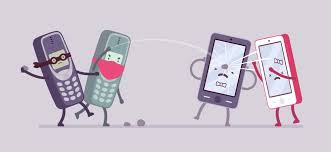Older adults can save tens of thousands of dollars annually by choosing assisted living communities over aging in place in their homes.
Unlike point solutions, Inspiren unifies resident safety, care planning, staffing, and emergency response into a single AI-powered platform.
An artificial intelligence-powered virtual assistant platform for senior living and care providers.

 Access to technology is a vital sign. Non-adoption is not an option. Post Covid-19 we have reached a technology dependency level that is worrisome (see
Access to technology is a vital sign. Non-adoption is not an option. Post Covid-19 we have reached a technology dependency level that is worrisome (see
Comments
From Wendy Goldman via LinkedIn
Excellent job, Laurie Orlov! Your list of barriers is already a long one, suggesting that there are many innovations needed in tech. Maybe your advice will be used by our current university students in their entrepreneurial ventures! Keep up the great work.